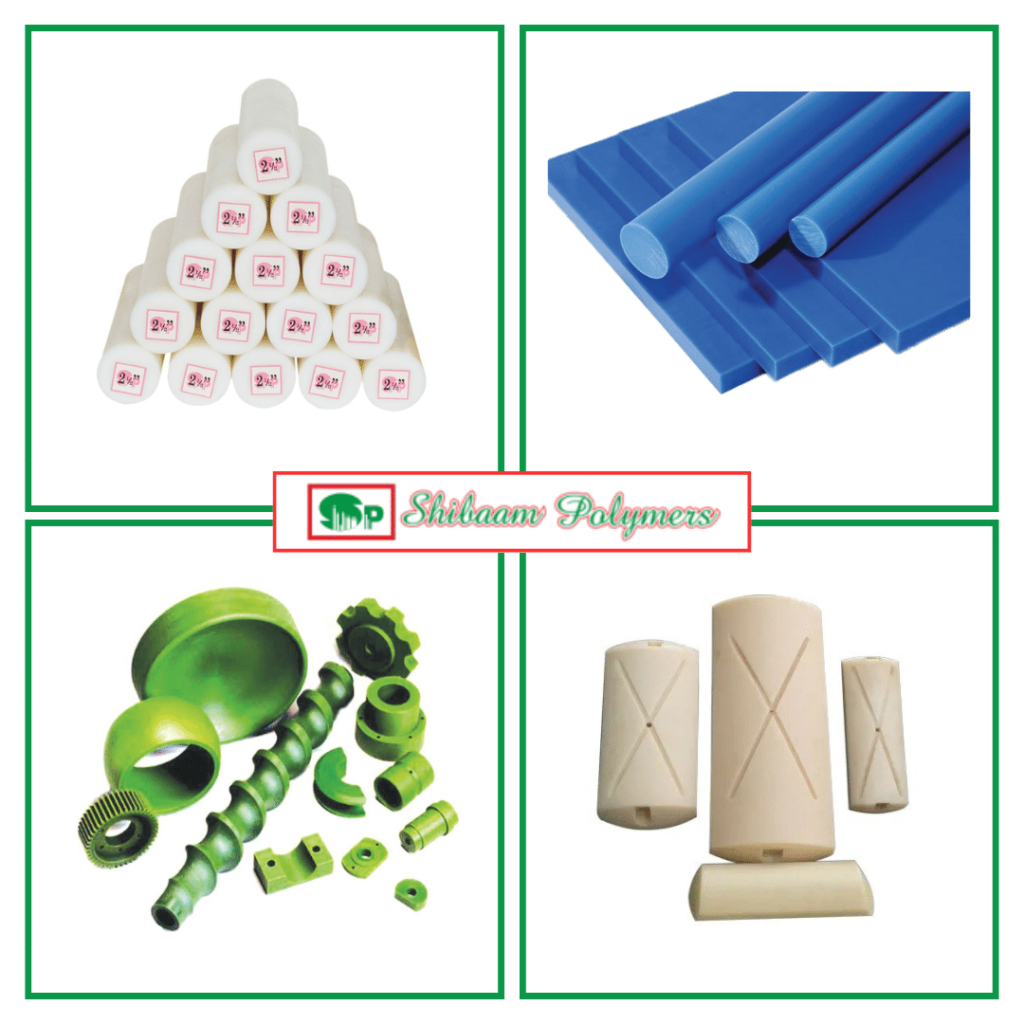Polypropylene Rods
Polypropylene (PP) is light, strong, having resistance to chemicals and with a low friction surface, all of which make it ideal as a replacement for wood or metal which are the materials traditionally used. PP is a high corrosion resistant material, which exhibits excellent tensile strength and stiffness at elevated temperatures.
Homopolymer Polypropylene is harder, possesses excellent resistance to organic solvents and degreasing agent as well as electrolytic attack. Compared to low or high- density polyethylene, it has lower impact strength but superior working temperature and tensile strength.
Polypropylene (PP) is light, strong, having resistance to chemicals and with a low friction surface, all of which make it ideal as a replacement for wood or metal which are the materials traditionally used. PP is a high corrosion resistant material, which exhibits excellent tensile strength and stiffness at elevated temperatures.
Homopolymer Polypropylene is harder, possesses excellent resistance to organic solvents and degreasing agent as well as electrolytic attack. Compared to low or high- density polyethylene, it has lower impact strength but superior working temperature and tensile strength.




